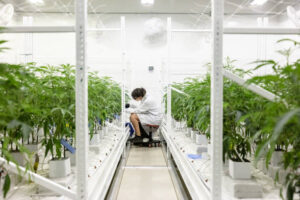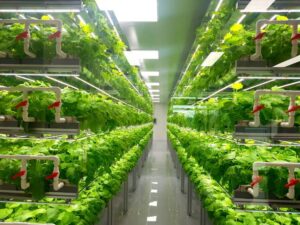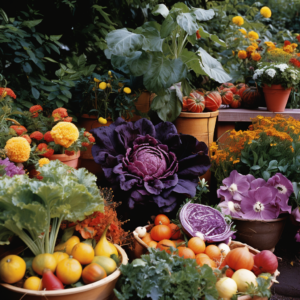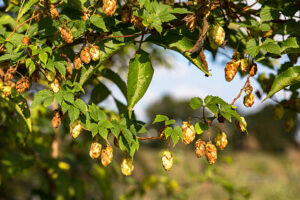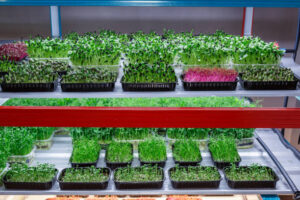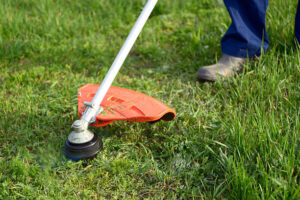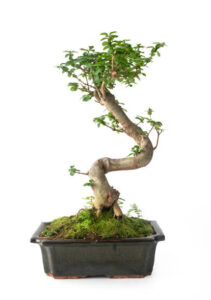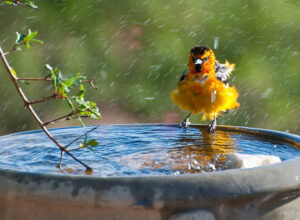Careers in Landscaping: A Path to Green Success
Introduction
In the dynamic world of professional opportunities, a career in landscaping emerges as a pathway to not only personal fulfillment but also a vibrant and ever-growing industry. Landscaping goes beyond the conventional perception of gardening—it is an art that transforms outdoor spaces into living masterpieces. As we explore “Careers in Landscaping: A Path to Green Success,” we’ll delve into the myriad opportunities within this field, offering insights and inspiration for those considering a journey into the world of green design and cultivation.

The Diverse Spectrum of Landscaping Careers:
Landscaping is a broad field encompassing various specializations, each demanding a unique set of skills and expertise. From landscape architects and designers who conceptualize outdoor spaces to horticulturists who nurture the green elements, the industry offers a wide array of roles.
Landscape architects play a pivotal role in envisioning and planning outdoor areas, combining artistic flair with technical knowledge to create aesthetically pleasing and functional designs. On the other hand, landscape designers focus on the practical implementation of these plans, selecting plants, materials, and layout elements to bring the vision to life.
Horticulturists, often referred to as green thumbs, specialize in the cultivation and care of plants. Their expertise ranges from selecting the right plants for specific environments to implementing sustainable and eco-friendly practices in garden management.
Educational Pathways and Skill Development:
Embarking on a career in landscaping typically involves a combination of education and hands-on experience. While formal education in landscape architecture, horticulture, or a related field is beneficial, many successful professionals also acquire knowledge through apprenticeships and on-the-job training.
Developing a keen understanding of plant biology, design principles, and sustainability practices is essential. Continuously staying informed about advancements in landscaping techniques, horticultural trends, and environmental considerations contributes to professional growth.
Entrepreneurial Opportunities in Landscaping:
For those with an entrepreneurial spirit, starting a landscaping business is a viable avenue for success. This path allows individuals to showcase their creativity, managerial skills, and a deep love for nature. Entrepreneurial landscapers may offer a range of services, from garden design and installation to ongoing maintenance and even specialized services like irrigation system installation.
Successful landscaping entrepreneurs often emphasize the importance of building a strong network within the community. Word-of-mouth recommendations and establishing a reputable brand are vital for attracting clients and sustaining a thriving business.
The Green Revolution and Sustainability in Landscaping:
With a growing emphasis on environmental consciousness, sustainability has become a key aspect of modern landscaping. Professionals in the field are increasingly incorporating eco-friendly practices, from selecting native and drought-resistant plants to implementing water-saving irrigation systems.
A career in sustainable landscaping not only contributes to environmental preservation but also aligns with the preferences of an increasingly eco-conscious clientele. Professionals who champion sustainable practices find themselves at the forefront of a progressive movement within the landscaping industry.
Landscaping Technology: Bridging Nature and Innovation:
The intersection of technology and landscaping has opened new dimensions within the industry. Landscape architects and designers utilize computer-aided design (CAD) software to create intricate and detailed plans. Drones provide a unique perspective for site analysis, allowing professionals to assess topography and plan with precision.
In addition to design and planning tools, technology has permeated the maintenance aspect of landscaping. Automated irrigation systems, smart gardening tools, and even mobile apps for plant identification have become invaluable assets for today’s landscapers, enhancing efficiency and precision in their work.
Passion, Perseverance, and Professional Growth:
A successful career in landscaping often springs from a genuine passion for working with nature, coupled with perseverance in the face of challenges. Professional growth in this field is not just about acquiring technical skills but also about developing a keen eye for design, understanding client needs, and staying attuned to industry trends.
Networking within the landscaping community, participating in workshops and conferences, and staying connected with local and national industry associations contribute to ongoing professional development. The willingness to adapt to evolving trends and technologies is a hallmark of successful landscaping careers.
Conclusion: Cultivating a Green Future in Landscaping
In concluding our exploration of “Careers in Landscaping: A Path to Green Success,” it becomes evident that this field offers a rich tapestry of opportunities for those who are passionate about the outdoors. Whether you aspire to design breathtaking landscapes, cultivate lush gardens, or build a thriving landscaping business, the possibilities are as varied and vibrant as the gardens you may one day create.
A career in landscaping is not just a job; it’s a journey into a realm where creativity meets nature, and every project is a canvas waiting to be painted with the hues of green success. So, whether you’re considering a career change, entering the job market, or dreaming of entrepreneurship, let the world of landscaping be your canvas for cultivating a green and flourishing future.












